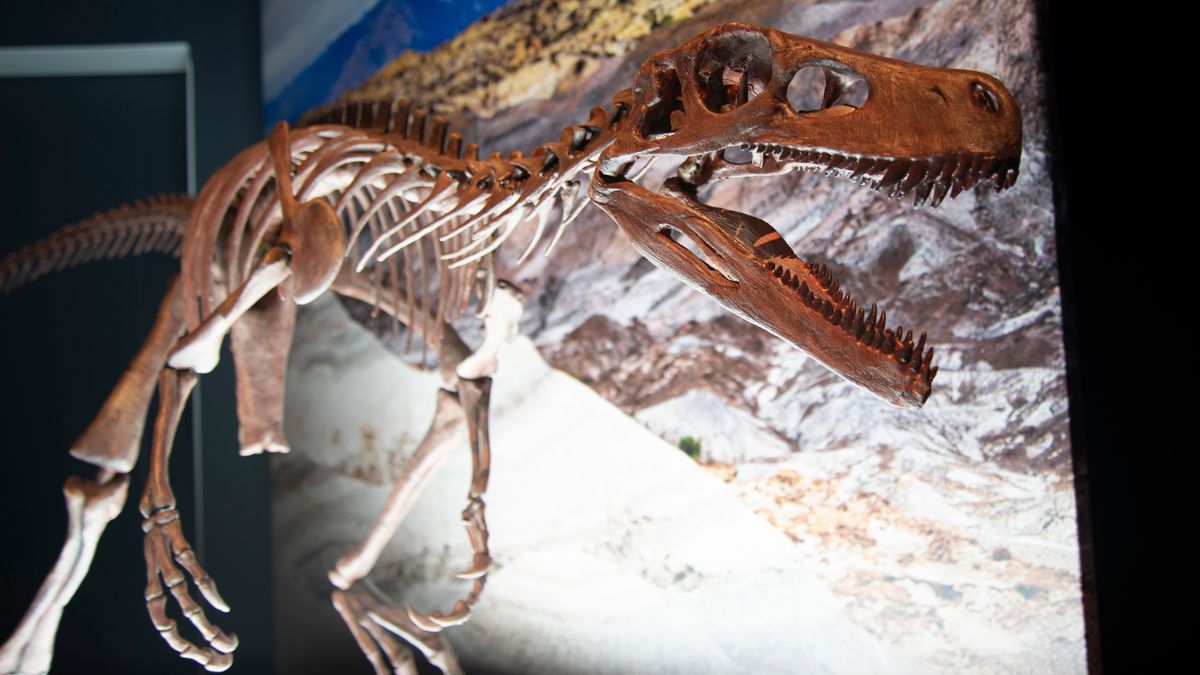
This illustration depicts a previously unknown dinosaur called Iani smithi that lived in what is now Utah during the middle of the Cretaceous Period.
About 100 million years ago in what is now Utah, a 10-foot-long (3-meter-long) cousin of duck-billed dinosaurs pulverized tough plant stems and leaves with its robust teeth and powerful jaws.

It probably was too busy chewing to notice that the once-familiar world around it was transforming. But for the scientists who recently described this newfound species, its fossils offer clues about life during the middle of the Cretaceous Period (145 million to 66 million years ago), as rising air temperatures and sea levels reshaped leafy habitats on land.

The plant-eater was an early ornithopod — a group of mostly bipedal herbivorous dinosaurs. By the Cretaceous’ end, ornithopods had become the era’s most successful vegetarians, including duck-billed hadrosaurs, sometimes called “cows of the Cretaceous,” and crested Parasaurolophus, among others.

The bones included a skull, some ribs and vertebrae, limb bones and parts of the pelvis. Well-preserved Cretaceous skulls from this part of North America are extremely rare; the region once bordered a vast inland sea, and bones fossilize poorly in coastal humidity, Zanno told CNN in an email.
“Most of the specimens we find in the Mussentuchit are highly fragmentary or in rough shape,” Zanno said. By comparison, these fossils were in such good condition that the researchers were even able to identify the specimen as a juvenile.

Because rhabdodontomorphs are known almost exclusively from Europe (with some possible species identified in Australia), the scientists weren’t expecting to find one in late Cretaceous deposits in North America.

I. smithi’s fossils also provide a crucial puzzle piece from a time in Earth’s past when changing climate transformed the planet, extinguishing many North American dinosaur species. Preserved remains from such times could offer valuable insights into navigating a warming world today, Zanno added.
“The more we can understand about how these changes impacted ancient animals, the better we can prepare ourselves for what we stand to face in the future.”